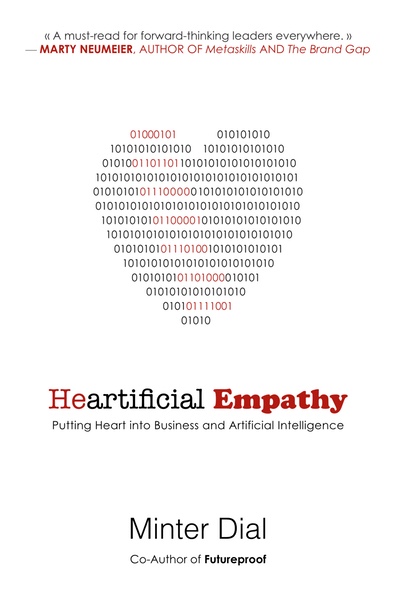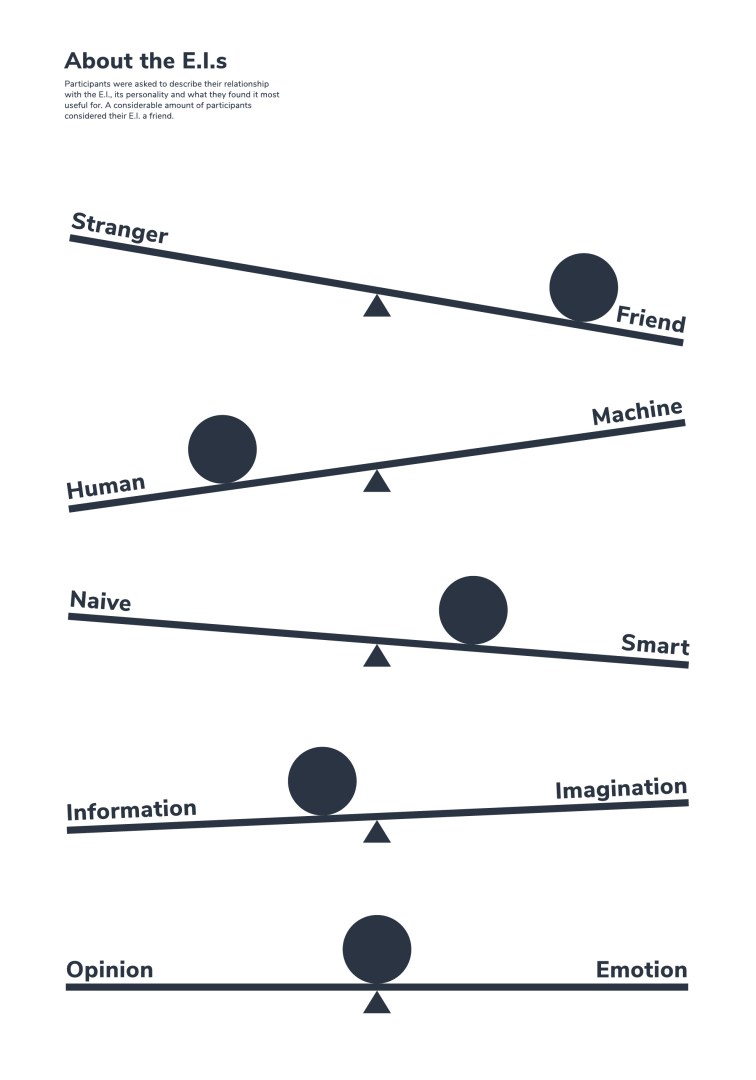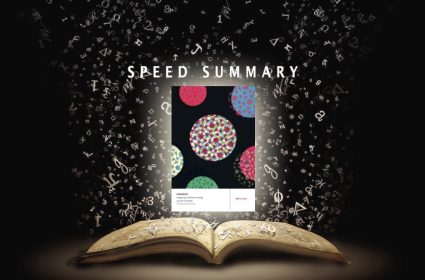Speed Summary: Heartificial Empathy


- Heartificial Empathy: Putting Heart into Business and Artificial Intelligence
- Author: Minter Dial
- Publisher: DigitalProof
- Publication: 2018
What can computers teach humans about empathy? In Heartificial Empathy, award-winning business book author Minter Dial explores the interface of human empathy and machine intelligence.
Empathy is our capacity to understand and feel what another is feeling. It’s a human trait that drives compassion, care and cooperation. Can machines have empathy? Humans find it hard enough to code empathy into their own behaviour, so coding empathy into the behaviour of technology is a tall order (one study has reported a 40% drop in empathy in the last 30 years).
Can it actually be done? Can we code empathy into AI? In other words, can we code the human capacity to feel and understand what the other is feeling into technology that behaves intelligently, using skills we normally associate with human intelligence?
Heartificial Empathy doesn’t disappear down the philosophical rabbit hole of machine sentience and sapience. Nor does it explore whether the neurochemical responses we experience as feelings can be replicated algorithmically. Instead, the book offers a personal view of how to put more ‘heart’ into artificial intelligence and business.
Take ‘affective computing’, a new area in AI that focuses on developing technology that can recognize, interpret and simulate human emotion. The potential of this technology is to put ‘heart’ into the world of smart buy cold algorithms
- Affectiva – MIT spinoff that builds technology to read human emotions using computer vision.
- Ellie – virtual therapist that uses machine vision to read and respond to human emotion through verbal and facial cues.
- Koko – AI tech that can detect people in emotional distress in online communities, and respond appropriately
- Mitsuku – Winner of the 2018 Loebner Prize for the most human-like and empathic chatbot
- Nao – the diminutive 58cm sibling of Softbank’s Pepper robot, famous for being scared about being turned off
- Woebot – virtual therapist using methods for Cognitive Behavioural Therapy
Dial also shares his personal experience as one of 500 participants in

As it happens, behind the E.I.
- Mirroring speech patterns
- Exhibiting transparency to gain trust, typically by letting the participant know that the bot had understood what was said
- Using a modern style of communication, including emojis and images
- Non-repetitive conversation
- Recognition of indirect expressions of emotion and reading between the lines
- Rendering emotion in the bot’s responses through syntax, semantics and pragmatics (that needed to be culturally relevant)
- Giving over an element of
agency to the participant
A key proposition in Heartificial Empathy is that AI experiments such as Empathic Futures have the potential to teach us about human empathy. Specifically, by seeking to code empathy into algorithms, we may come to understand human empathy better. For example, if experiments were to show that handing a degree of control (agency) over to another is important in empathic exchange, then this could be used to improve human empathy.
The book concludes by contending we are some way away from being able to code empathy into machines. Empathy is complex and involves both cognitive and affective dimensions. Cognitive empathy is the deliberate, conscious act of perspective taking, i.e. generating the first-person perspective of someone else. Humans can be trained in cognitive empathy, so potentially AI could be too. But pre-conscious, automatic ‘affective empathy’ may be more difficult to train in either humans or machines. Affective empathy is the automatic emotional resonance that occurs when one person’s emotions evoke similar emotions in another (a phenomenon called emotional contagion).
But for Minter Dial, the promise of technology is not to replicate empathy in machines, but to help humans build their own empathy in a world that needs it.
The BG Take
Heartificial Empathy is an interesting read. The book is a personal journey into the worlds of AI and empathy, rather than a summary or application of what is known in these fields. Like other business-oriented books on empathy, Dial does lament what he sees as an empathy-deficit in innovation, marketing and customer service. But this is not new. What is new in Heartificial Empathy is the exciting idea that machines may help us learn more about human empathy, and how to be more empathic.




